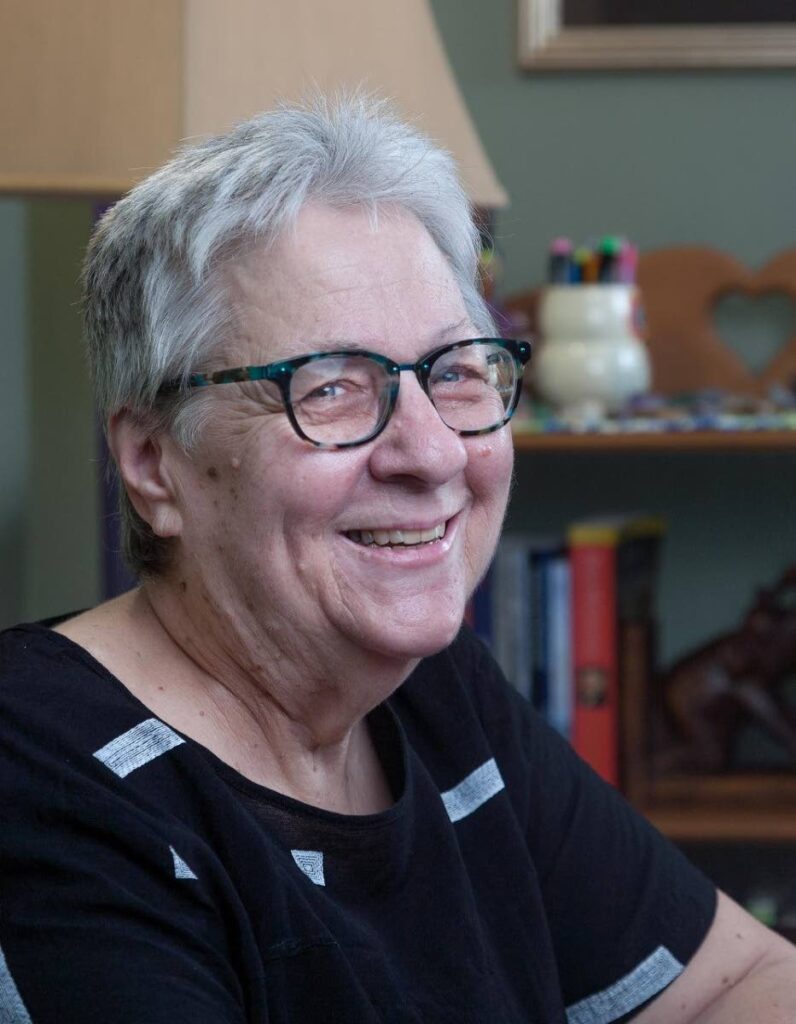Read a banned book

DEBBIE JACOB
IT MIGHT not seem that a US school’s decision to ban Art Spiegelman’s graphic novel Maus has anything to do with us in Trinidad, but censorship anywhere in the world is something we all should condemn. The freedom to choose what we read is important, and when we turn a blind eye to censorship we risk misinformation influencing book choices in other parts of the world.
In the US, an alarming number of children’s books are banned or challenged every year. Adults seeking to protect children can actually deprive them from accessing books necessary for their self-image, as well as their social and intellectual development.
The reasons for banning books sometimes seem funny, but they prove to be petty and puzzling. The Pulitzer Prize-winning Maus teaches teenagers about the Holocaust, but parents had it banned because the book “had mild swearing and illustrations of naked mouse women.”
A successful trick to get a book banned has been to take a paragraph or picture out of context to present an emotionally-driven case that outweighs literary merit. Outlandish interpretations of books often get books banned too.
Dr Seuss’s picture book Hop on Pop became a banned book because it was said “to incite violence against fathers.” The picture book Skippyjon Jones, about a Siamese cat who thinks he is a chihuahua, became a banned book because the cat “stereotyped Mexican culture.”
Statistics from the US-based Office for Intellectual Freedom reported 5,099 book challenges from 2000 through 2009. Most of the challenges were for “sexually explicit material” and “offensive language.” Parents challenged books with violence, religion, homosexuality or themes they deemed "anti-family."
The American Library Association (ALA) condemns censorship and publicises banned book lists because teachers and librarians recognise that children and teenagers need books with relevant personal and cultural issues. Books support young readers as they develop their identity and help them to articulate their feelings. But books with edgy themes often get targeted for censorship.
From 2000 through 2021, the list of banned books for US secondary school students showed an alarming upward trend for condemning themes like drugs, racism, political viewpoints and sexuality.
In 2020, the top ten list of 273 banned books included the modern civil rights classic To Kill a Mockingbird by Harper Lee. The novel was “banned and challenged for racial slurs and their negative effect on students, featuring a ‘white saviour’ character, and its perception of the black experience.”
Showing racism in literature without using the language and context of prejudice that defined history is impossible. It is meant to be cringeworthy.
It’s also impossible to address violence and important social issues without good books that highlight them.
Still, The Bluest Eye by Toni Morrison was “banned and challenged because it was considered sexually explicit and depicts child sexual abuse.”
A recent popular book, The Hate U Give by Angie Thomas, got challenged for “profanity and its anti-police message.” Many teenagers use that book to understand the volatile relationship between police and the black community. It's a teen’s entry point into understanding the Black Lives Matter movement.
No book is safe. The Harry Potter series made 2019’s top ten list, “banned and forbidden from discussion for referring to magic and witchcraft, for containing actual curses and spells, and for characters that use nefarious means to attain goals.”
A popular elementary school series, Captain Underpants, written and illustrated by Dav Pilkey, got challenged because it “encourage(d) disruptive behaviour.”
A few years ago, when Netflix made a series based on Thirteen Reasons Why by Jay Asher, the book got banned, challenged and restricted for “addressing teen suicide.”
Suicide and mental health issues must be addressed in teen literature for teenagers.
John Green is a popular author of Young Adult (YA) literature, but his book Looking for Alaska gets challenged regularly for a sexually explicit scene “that may lead a student to sexual experimentation.”
Parents pretend that teenagers are asexual.
Another popular series, The Hunger Games by Suzanne Collins, had been banned for “religious viewpoints.” The Twilight series by Stephenie Meyer introduced many students to the tradition of vampire literature, but parents had it banned for “its religious viewpoint and violence.”
None of the books mentioned above – indeed none of the books on the list – are detrimental in any way. They all have literary merit and important content for students’ personal, social and academic development.
I encourage everyone to read a banned book to support freedom of expression.
Check out the list of most banned books at this web site:
https://www.playgroundequipment.com/the-most-banned-and-challenged-books-of-the-past-5-years/

Comments
"Read a banned book"